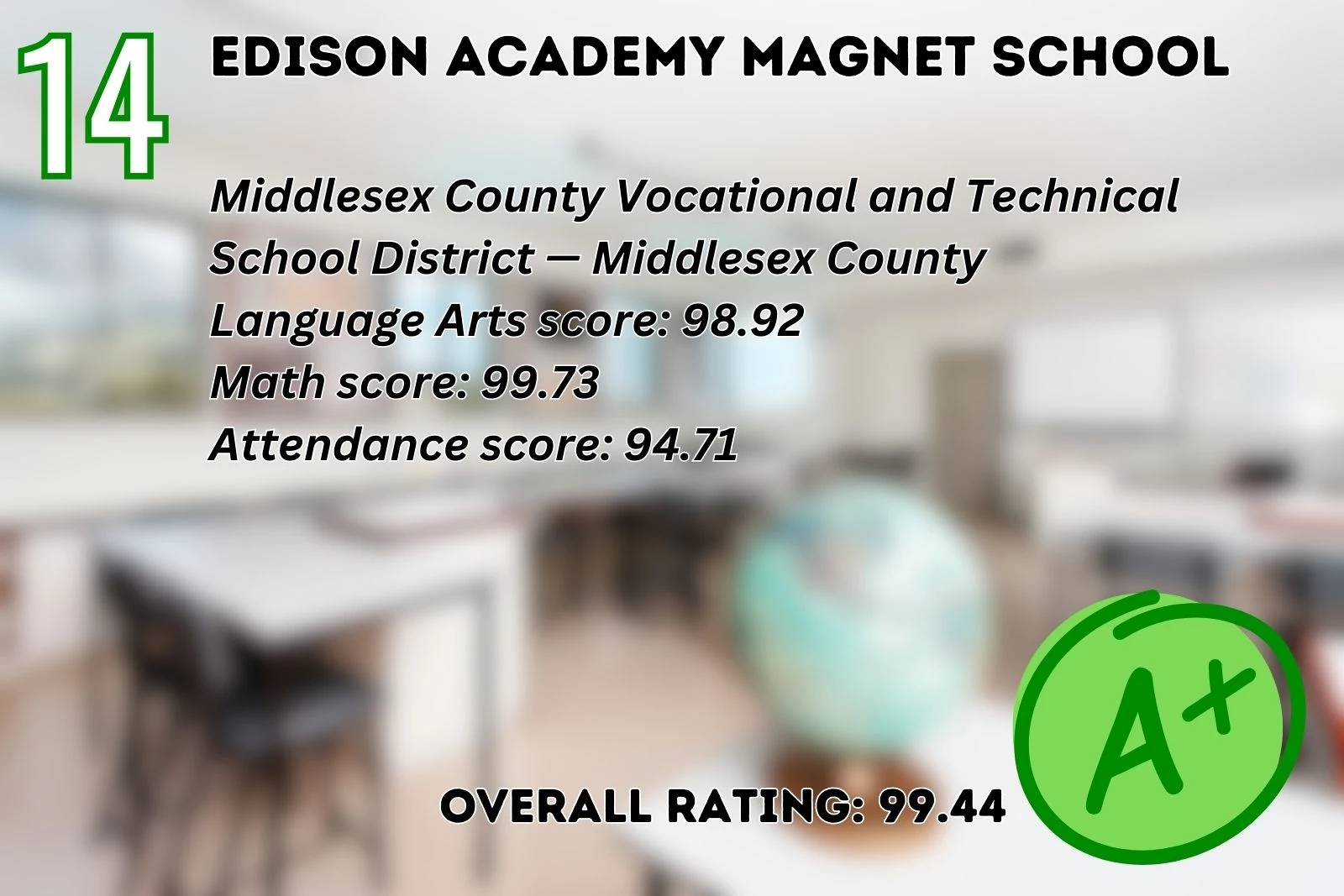
Cambourneʼs 8 Conditions Of Learning in Spanish
1. Cambourneʼs 8 Conditions Of Learning can be expressed in Spanish as “Las 8 Condiciones de Aprendizaje de Cambourne”. 2. These conditions include “la inmersión”, “la demostración”, “la participación”, “la expectativa”, “la responsabilidad”, “el uso funcional”, “la retroalimentación”, y “la relevancia”. 3. It is important to understand and implement these conditions to facilitate effective language acquisition and learning in a Spanish-speaking context.
Cambourne’s 8 Conditions of Learning are a set of principles that guide effective teaching and learning practices. These conditions are based on the idea that learning is a natural process that occurs in social contexts. In order to create optimal conditions for learning, teachers must provide students with opportunities to engage in meaningful and authentic tasks.
1. Immersion
In Spanish, immersion is translated as “inmersión”. This condition refers to the idea that students learn best when they are fully immersed in a language-rich environment. Teachers can promote immersion by providing students with opportunities to interact with authentic texts and engage in conversations with native speakers.
2. Demonstration
The Spanish translation for demonstration is “demostración”. This condition emphasizes the importance of providing students with clear models of what is expected of them. Teachers can demonstrate concepts, skills, and strategies to help students understand and internalize new information.
3. Expectation
Expectation in Spanish is translated as “expectativa”. This condition highlights the importance of setting high expectations for all students. Teachers can create a supportive learning environment where students feel challenged and motivated to achieve their full potential.
4. Responsibility
Responsibility in Spanish is “responsabilidad”. This condition emphasizes the importance of giving students ownership of their learning. Teachers can empower students to take responsibility for their own learning by providing them with opportunities to make choices and set goals.
5. Approximation
The Spanish translation for approximation is “aproximación”. This condition focuses on the idea that learning is a gradual process that involves making mistakes and learning from them. Teachers can support students in their learning journey by providing feedback and encouragement.
6. Engagement
In Spanish, engagement is translated as “compromiso”. This condition highlights the importance of keeping students actively engaged in their learning. Teachers can promote engagement by providing students with opportunities to collaborate, explore, and create.
7. Response
The Spanish translation for response is “respuesta”. This condition emphasizes the importance of providing students with opportunities to respond to new information. Teachers can facilitate meaningful interactions by encouraging students to ask questions, make connections, and share their thoughts.
8. Use
In Spanish, use is translated as “uso”. This condition emphasizes the importance of providing students with opportunities to use new information in meaningful and authentic contexts. Teachers can promote application by providing students with opportunities to apply their learning in real-world situations.
By incorporating Cambourne’s 8 Conditions of Learning into their teaching practices, educators can create a supportive and engaging learning environment that promotes student success.
Cambodiaʼs Lon Crossword Clue
Camp Learn A Lot in Spanish
Leave a Reply
You must be logged in to post a comment.